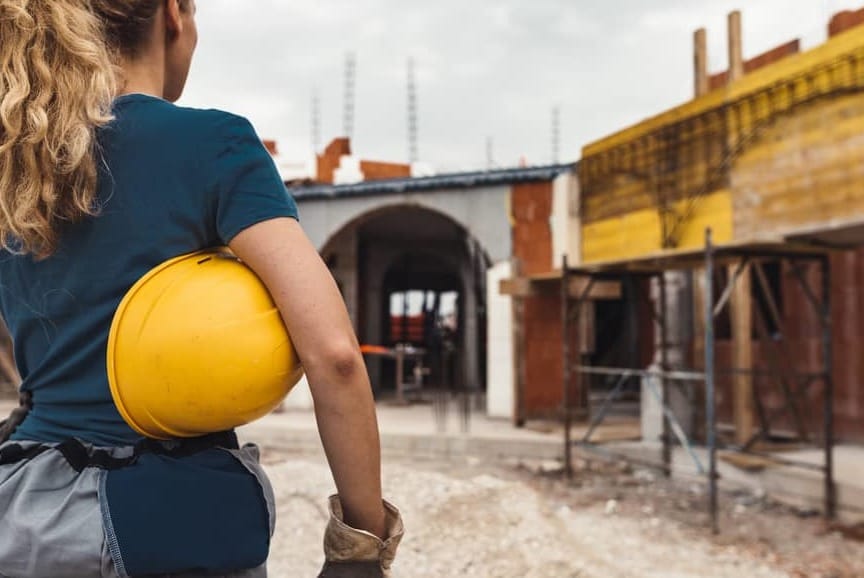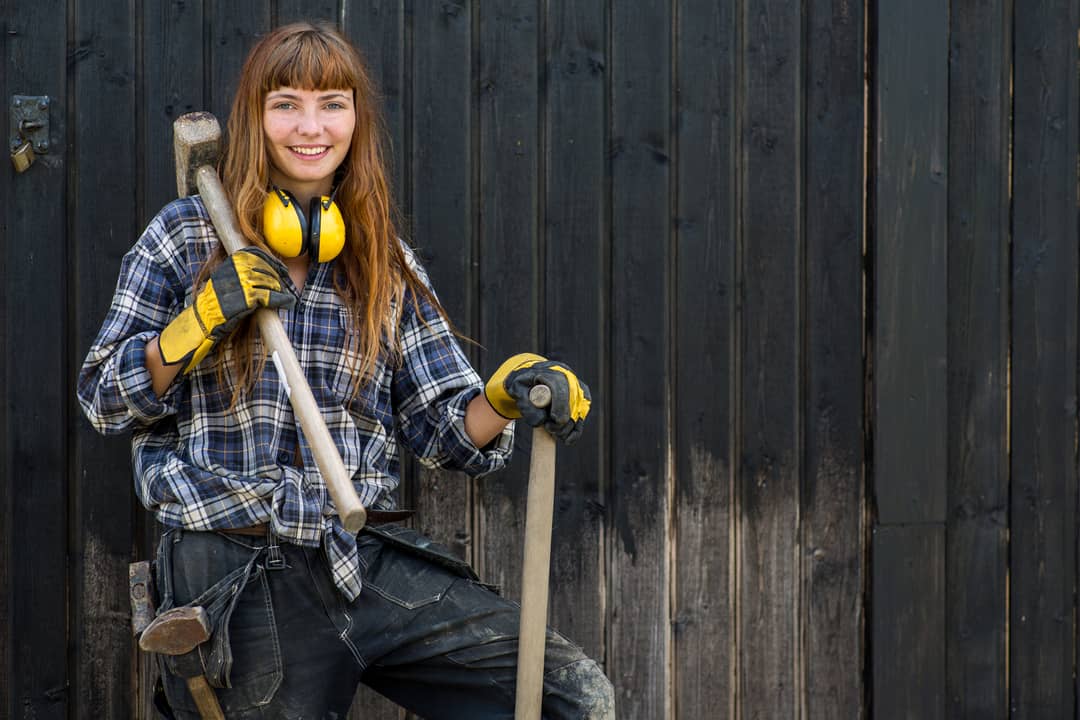
Quotas can be useful to address gender inequality, but they only work if they’re pitched at the right level and are accompanied by society-wide efforts to break down gender stereotypes.
Women don’t want to work in macho environments where they feel they don’t belong. To attract women, the culture has to change to become less ‘blokey’, less aggressive, more diverse and more inclusive. But it’s a classic Catch-22 situation – women don’t want to work in a toxic culture, and the culture won’t change without more women.
International Women's Day is the perfect time to reflect on the complexities of achieving gender equality in the construction industry, and to focus on what can be done to change the status quo.
It’s sobering to realise that the rate of participation for women in the construction industry is getting worse, not better. This is despite decades of talk about how to attract and retain women in construction, by groups such as the National Association of Women in Construction (NAWIC).

The Victorian government has decided the time for talk is over, and has introduced quotas for female participation on government construction projects.
Many may think this is a good response from the government, but unfortunately it’s unlikely to fix the problem. Quotas can be useful to address gender inequality, but they only work if they’re pitched at the right level and are accompanied by society-wide efforts to break down gender stereotypes.
Research from Norway shows that 33% is the critical mass – when you get to one-third of women, the culture changes. It was found that:
“If the percentage is lower than this, the effect is little more than symbolic. It is when women feel that there are several of them, that they are not sitting alone at the table, that they begin to exercise their power.”
Although this research was based on women on boards, it’s reasonable to surmise that the same principles apply to other work environments.
Read more: He said, she said: Shining a light on gender and political leadership in Australia
If women in construction remain a minuscule minority, there’ll be no change to the macho, sexist culture that dominates construction, and no change to systemic gender stereotypes.
The Victorian government’s Building Equality Policy (BEP) requires that women make up:
- 3% of each trade role
- 7% of each non-trade position
- 35% of management, supervisor and specialist labour roles.
In addition, 4% of labour hours for apprenticeships and trainees must also be performed by women.
Given that at the moment women make up 2.5% of tradies and on-site construction workers, these quotas can only be described as underwhelming. The more so since there’s a two-year transition period (consequences for failing to comply only kick in in 2024), and the quotas only apply to government projects of more than $20 million – hardly the sort of radical change that will ‘disrupt’ gender stereotypes in construction, as the government asserts.
It’s not all doom and gloom
There are some positive aspects. For one thing, BEP is an Australian first; it must be understood as the start of the journey towards construction industry reform, not the end.
Another positive is that there’s not been a vocal outcry in response to the initiative. Often the introduction of quotas is met with strong opposition from employers, who want to retain the “old boys’ network”, and who say there are simply not enough women to meet the required targets.
The potential shortage of women to fill positions has been recognised and addressed by the government.
BEP is not a standalone initiative. It sits within the Women in Construction Strategy 2019-22. Developed in partnership with the Building Industry Consultative Council, the comprehensive strategy begins by recognising that in the construction industry, women do not get or keep the jobs, and that there’s a severe discrepancy between the number of female students in construction fields and the number of women employed in construction.

The strategy also recognises that in construction, women are in less-secure, low-paid positions, and that their prospect of career progression is limited. Finally, the strategy acknowledges that the low retention rate for women in construction is because they’re excluded and made to feel unwelcome.
To address these systemic problems, the Women in Construction Strategy proposes a three-pronged approach:
- The industry must attract more women to take up a trade or blue-collar jobs
- The industry must recruit more women
- The industry must retain more women.
Smashing down the concrete walls that stop women entering and staying in the construction industry requires commitment and a multi-faceted, whole-of-society approach.
For example, if girls in schools don’t see the construction industry and trades as viable career options, they won’t pursue pathways into construction.
If they don’t see role models like them and receive encouragement to explore careers in construction, they’re lost to the industry.
Thus, we need transformations in societal attitudes towards gender stereotypes, gender bias, gender inequality and gendered violence.
The changes we need to see are not just in the construction industry, but also in homes, in schools, and in the very fabric of our society.
To retain the women the construction industry does attract, it needs to move from a rigid macho work environment to one that is flexible and respectful of women.
Excessive work hours, inflexible work arrangements and an unwillingness to recognise caring responsibilities make the construction industry an unhappy and unsafe place for all workers.
Suicide rates among construction workers are higher than any other group in Australia – we lose a construction worker to suicide every second day.
This International Women’s Day, it’s time to be bold, to tackle the hard issues, so that the Australian construction industry becomes a safe, welcoming and rewarding workspace for all people, regardless of their gender.
This not only benefits women, but the entire industry by widening the talent pool, addressing the skill shortages and improving the reputation and wellbeing of an industry in crisis.





